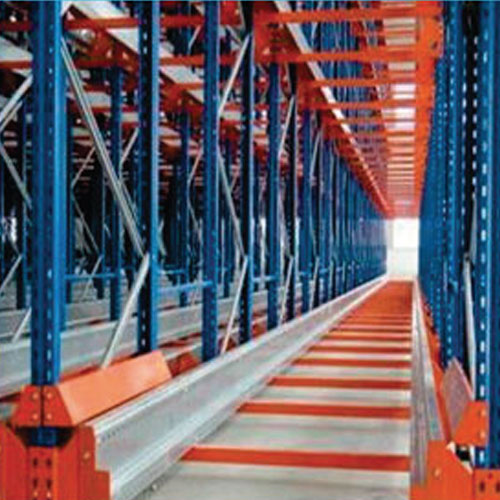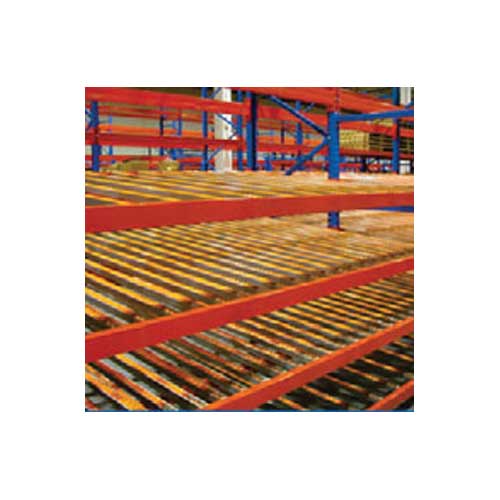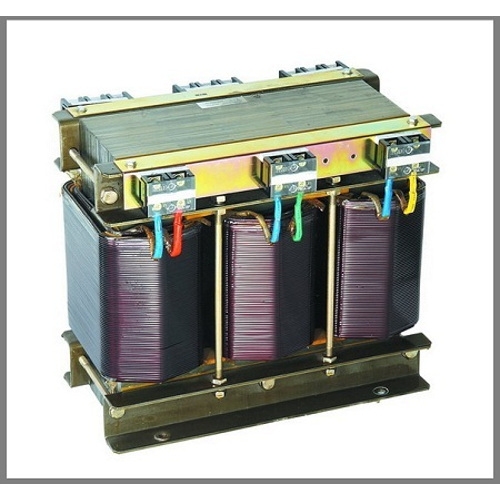Schedule a Call Back
Steel industry: Long products marching ahead
 Technical Articles
Technical Articles- Sep 01,18

Related Stories

Robotics promises big productivity gains in auto industry: GlobalData
In a dynamic era of technological advancement, the automotive industry stands at the precipice of a revolution driven by robotics, as per GlobalData’s new research report, “Robotics in Automotiv..
Read more
India: An emerging manufacturing hub
The contribution of the ‘industry’ sector – which includes manufacturing, mining and quarrying and allied industries – has been consistently around 25 to 30 percent in the last ten years, sa..
Read more
Will exports turn positive amid Red Sea crisis?
Armed conflict in the Red Sea is affecting the global trade as the movement of goods has been hindered by the conflict since November last year
Read moreRelated Products

Pallet Shuttle Racking
SCI Storage Solution offers a wide range of pallet shuttle
racking.

Gravity Flow Pallet / Shelving Racking
SCI Storage Solution offers a wide range of gravity flow
pallet / shelving racking.

Auto Transformer
HCS Power Ventures Pvt Ltd offers Auto Transformer. Servottam Autotransformer is an electrical transformer with only one winding. The "auto" prefix refers to the single coil acting on itself and no Read more














